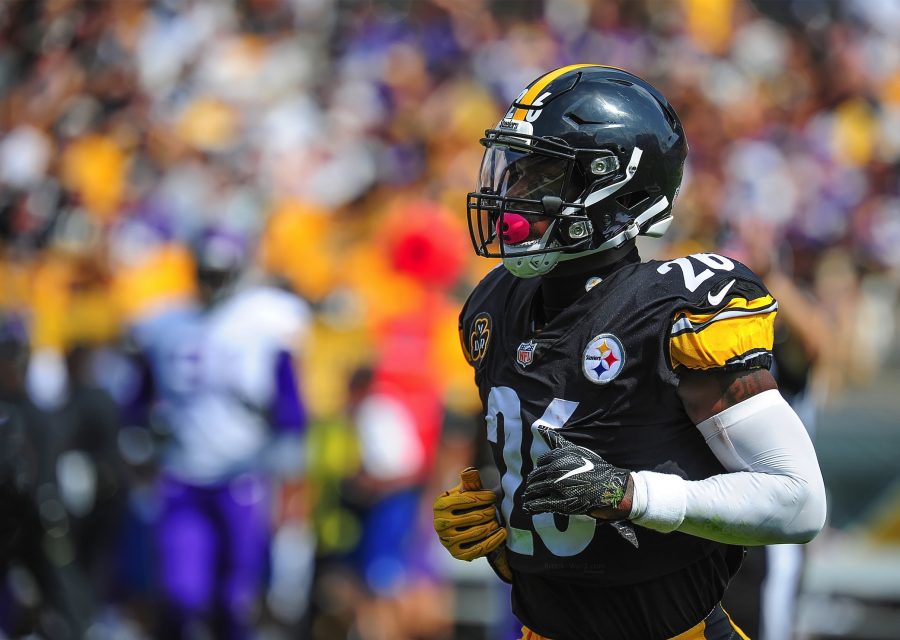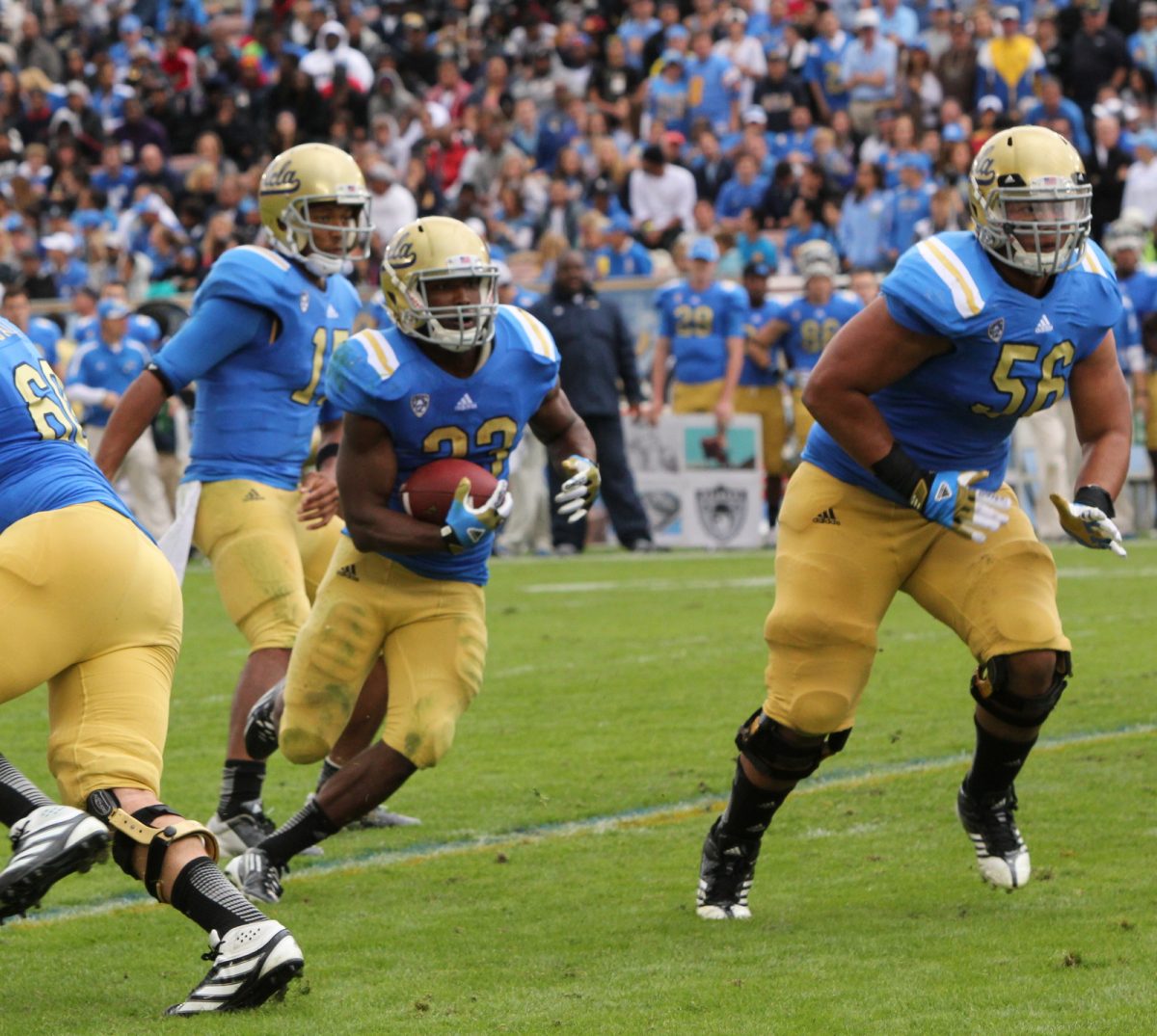“That ain’t enough to come run with the Jets…”
On the first day of February last year, Le’Veon Bell tweeted the above in response to a New York Jets fan pleading with the high-profile running back to sign with his team for $60 million.
One year later, the irony of Bell’s boast is on full display, as he signed a four-year, $52.5 million deal with the Jets.
To analyze the deal, the perspectives of Bell and the Jets need to be considered. For Bell, he is finally “free at last, free at last!” from the Steelers organization and is allowed to start anew in a place he actually wants to play.
Conversely, the Jets acquired one of the best running backs in the league to complement their budding offensive core of quarterback Sam Darnold and receivers Robby Anderson, Quincy Enunwa and newly acquired Jamison Crowder.
Among all the drama and paparazzi surrounding Bell during his holdout, one important aspect of the holdout was Bell’s motivation.
Yes, he wanted more money, and yes, he did not help his case by spending extravagantly with jet skis and clubs in Miami and the rap career he is launching. But, Bell wanted to “revitalize the market” and change the perception regarding running backs and their contracts.
To give a bit of background, running backs have the shortest average career length of any position in the NFL — about two and a half years. This is because of the job description of a stereotypical running back: run headfirst and full speed into a train wreck and see if you can get through the other side. For any NFL fans, think Earl Campbell of the Houston Oilers in the 1970s. Because running backs have a short shelf life, teams usually don’t pay them the amount of money dedicated to the other positions, such as quarterback and wide receiver.
Bell’s beef with this process is that he is not a stereotypical running back.
He is one of the headliners of a new breed of running back, one that can be utilized on the ground and in the air with the passing game. In the age of the run-pass option offense in which short slant passes and check downs are commonly used, Bell finds himself a commodity in the market. In fact, Bell is the first and only running back in history to average 100 yards rushing and 50 yards receiving in a season.
In addition, Bell was upset at the Steelers for constantly giving him a franchise tag, or essentially a big money one-year contract, as well as their policy of “rolling guarantees” with non-quarterbacks. Essentially, guaranteed money is money that the player receives immediately when he signs.
Usually, it is a big portion of the contract money. However, the Steelers would pay out a small sum of the guaranteed money at the beginning, and the rest of the money would be delivered on a yearly basis.
This allows for the team to renege on paying him if he leaves. The contract offer he rejected had rolling guarantees, but Bell thought he deserved to be paid like a quarterback, so he just decided not to play.
His contract, while not the $60 to $90 million that he proclaimed wanting in his song “Free at Last,” Bell’s contract represents a victory in that he got $25 million fully guaranteed, no matter what happens the next four years. He got the power he desired, the power he believed the Steelers tried to take away from him.
Meanwhile, the Jets are experiencing a culture change. Long suffering as the punching bag of the Patriots and as one of the laughing stocks of the league, the Jets now have franchise cornerstones in Darnold and safety Jamal Adams. Along with the signings of Crowder and linebacker C.J. Mosley, the Bell acquisition sends a statement to fans — that the team will spend to win and will spend intelligently.
On the field, Bell fits perfectly with head coach Adam Gase’s style of offensive play calling. He relies mostly on short passes to the sideline and check down or screen passes to fast receivers. Bell has the ability to line up alongside receivers to disguise plays, catch the ball and create precious yards after the catch.
Gase can also use Bell to help develop Darnold, as the young QB is used to the run-pass option Gase so favors, throwing the majority of passes in his starts for less than 15 yards. In addition, although Gase is known as a “quarterback whisperer” for his work with Peyton Manning and the Broncos in 2013, his offenses can also help the running attack. As evidence of this, look no further than last year with the Dolphins, as running back Frank Gore averaged 4.6 yards per carry, the highest average in his career since 2012.
Although his offensive rankings compared to his peers were dwindling in his three years as head coach of the Dolphins, Gase’s teams have a pretty simple formula. Give Gase talent at quarterback and receiver, he will give you success. Give him mediocrity, you get mediocrity.
The Jets sold Bell as the lightning rod of an offensive attack that has the ability to perform efficiently and guide Gang Green to success.
Although the expectations among fans and analysts are relatively high due to their additions and weak strength of schedule, the Jets have to be weary of the hype and the potential for Bell to be the type of cancer he embodied in his final days as a Steeler.
The Jets and Bell both had missions this offseason: The Jets needed to get better offensively and did so by signing one the most highly touted free agents on the market. Bell, in his newly released rap album titled Life’s a Gamble, stated his mission was to, “take their money with no mask.”
Well, mission accomplished.








